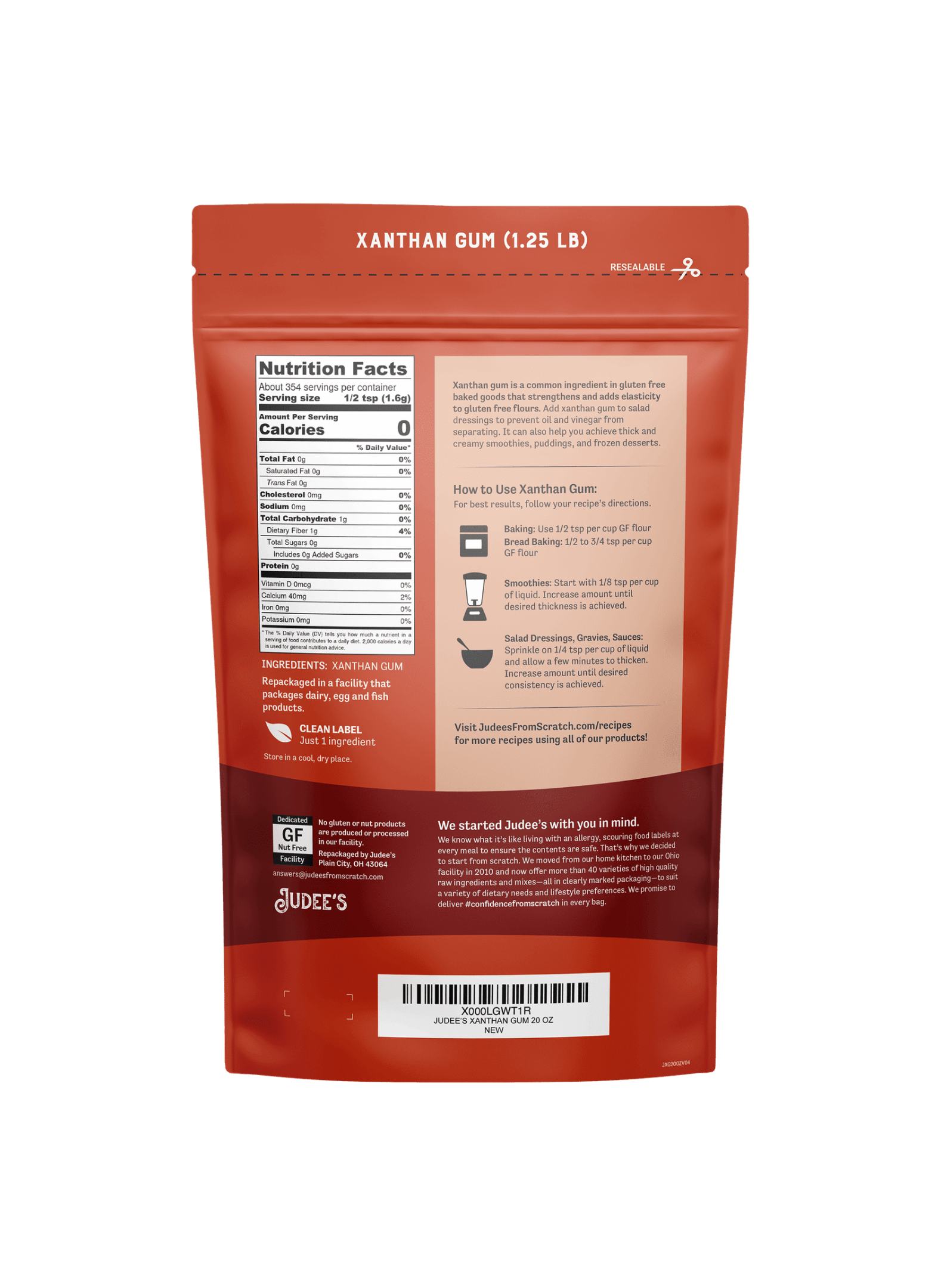Alright, so today I wanna share my deep dive into something I’ve been messing around with lately: xanthan gum. Specifically, whether or not it’s gluten-free. Now, I know what you’re thinking: “Why does this dude care so much about xanthan gum?” Well, I’ve got a friend who’s super sensitive to gluten, and I like to bake. Figured I’d kill two birds with one stone, you know?

First things first, I hit the internet. I Googled “xanthan gum gluten free” like a million times. Found a bunch of articles and forum posts, but honestly, it was all kinda vague. Some said yes, some said maybe, some said it depends. Super helpful, right?
So, I decided to go straight to the source. I checked the packaging of the xanthan gum I already had in my pantry. Luckily, it actually said “gluten-free” right on the label. Score! But, being the skeptical type, I wasn’t about to take that at face value.
Next up, I started digging into how xanthan gum is actually made. Turns out, it’s produced by fermenting a bacteria called Xanthomonas campestris (I know, try saying that five times fast). The bacteria eats sugars, and that’s where the potential for gluten sneaks in. See, sometimes they use wheat, corn, soy, or dairy-derived glucose to feed the bacteria. If they use wheat, well, then your xanthan gum is probably gonna have some gluten hiding in there.
Okay, so now I knew why some xanthan gum might not be gluten-free. The next step was to figure out how to actually know if the stuff I was buying was safe for my friend. I looked for certifications. The best thing to look for is a “Certified Gluten-Free” label from a reputable organization. That usually means the product has been tested and contains less than 20 parts per million of gluten, which is considered safe for most people with celiac disease.
I also started paying closer attention to the ingredients list and the manufacturer’s website. Some companies are really transparent about their processes and will specifically state what they use as a fermentation substrate. If you don’t see any clear information, don’t be afraid to reach out to the company directly and ask! Most are happy to answer questions about allergens.

Then came the baking test. I made a batch of gluten-free cookies using my “gluten-free” xanthan gum. My friend was brave enough to be the guinea pig. Luckily, no adverse reactions! But, this is just anecdotal evidence, of course. It’s not a substitute for proper testing and labeling.
My Key Takeaways:
- Always check the label. Look for “Gluten-Free” certification.
- Read the ingredients list carefully.
- If in doubt, contact the manufacturer.
- Don’t rely solely on anecdotal evidence.
So, is xanthan gum gluten-free? It can be, but you gotta do your homework. Don’t just assume! Hope this helps someone out there who’s navigating the tricky world of gluten-free baking. Happy baking!
